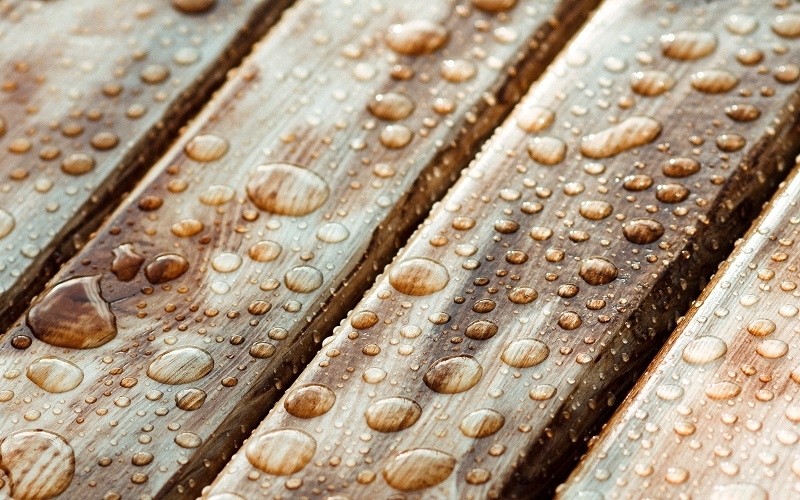Moisture Content of Wood
Published: 05/09/22 By: Mike Bekin
If you read our blogs or are looking into building with timber, you have probably already come across the term moisture content. This is a bit of an industry buzzword and very important when it comes to the correct use of wood, but what does it actually mean? To help clear things up, we have put together a quick guide diving into the world of moisture content.
What is Moisture Content?
In timber terms, moisture content is the level of water present in the wood. All wood, unless it has been industrially dried, has some level of moisture in it. Usually, this is above 20% which is high for internal construction purposes!
What Happens if the Moisture Content of Timber is Too High?
If you try to install timber which is still retaining a lot of moisture, you will see a number of issues down the line. In particular, your timber is likely to see more movement after it has been installed. This means that it may shrink or swell – a normal occurrence in wood as it adapts to its environment’s moisture. But if the moisture content hasn’t been reduced by air or kiln drying, it is likely to be more drastic. The wood can warp, distort and may even ruin your building’s structure.
This is just one of many problems you might see. Trada, a leading authority in the timber industry, estimates that around 80% of all in-service issues are related to the moisture content of the wood! From rot to splintering, you are leaving yourself open to a plethora of problems.
What Should the Water Content of Timber Be?
When installing timber internally, the ideal moisture content is around 16%. To get to this, the timber is usually professionally dried using a kiln. Before installation, a moisture meter will then be used to check that levels are correct.
Measures to Take to Keep Moisture Levels Low
After being kiln dried, wood can still take in moisture. So, how do you keep its percentage from increasing?
The majority of moisture uptake happens at the two cut ends of each board or beam. Sealing them with an appropriate compound (which you can find at any timber merchant) will go a long way to prevent the moisture content from increasing back again. It is also wise to keep timber off of the ground and covered during storage, and always keep it out of the rain. When installing, choose a dry day with low humidity, if possible after the timber has been around to acclimatize for a few days before.
Choose Sustainable Timber at EcoChoice
At EcoChoice, we are timber experts. From moisture content to tree species, we write across a whole range of topics, so be sure to keep up with our blog for the latest industry news. Or if you are looking for sustainable timber for your construction projects, get in touch with our team today and we can match your needs to the species which is right for you.
Image: fantom_rd / Shutterstock.com
